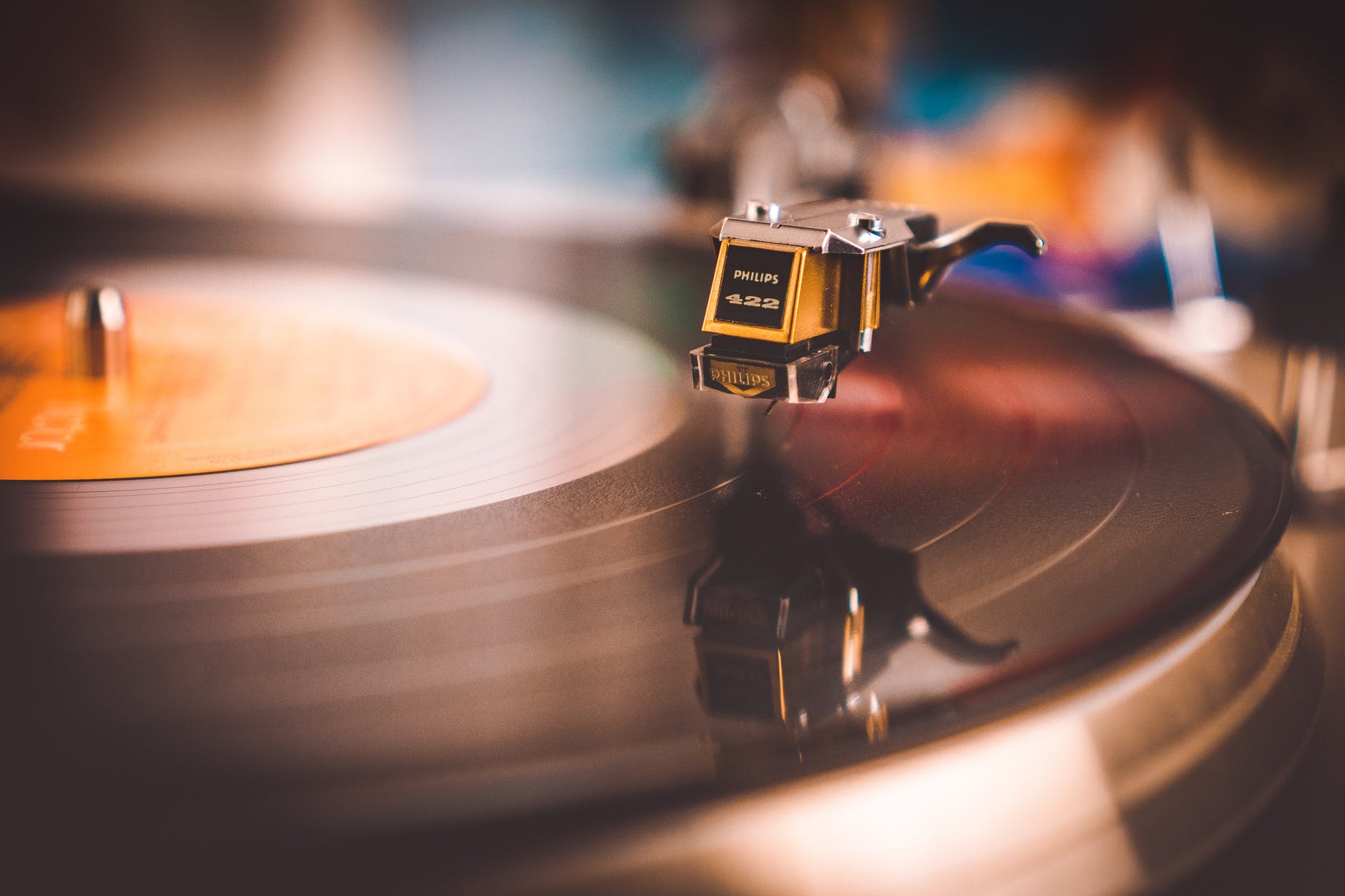What’s better than purchasing a new vinyl? Buying secondhand, of course! From when you begin to look until the moment the music begins to play, it’s unlike any other experience!
Vinyl records have been a modern-day fad, with their genuine sound and long-term collectors are well aware of all the methods to get the most out of their purchase. When it comes to secondhand vinyl, there’s a lot to consider, and this article will walk you through it.
Start knowing what you want
When you buy a new vinyl record, you have complete freedom to wander the aisles and choose whatever piques your interest. However, when it comes to secondhand purchases, it’s crucial to have a plan in place.
There are a lot of them circling around these days because vinyl records were once prevalent in almost every house. It’s like shooting in the dark when you buy second-hand without knowing exactly what you’re looking for – it’ll take forever and you’ll probably come away empty-handed.
Instead of rummaging through rows and rows of vinyl, go to the parts of the store that cater to your interests. We propose having a general idea of:
- Music genre
- Music era
- Certain artists
- Budget
Packaging condition is key
So, you’ve been told to “never pass judgment on a book based on its cover,” right? Wrong. Yes, you should scrap everything you know. You absolutely should judge a second-hand vinyl by its cover.
The best way to determine whether a second-hand vinyl is worth your time is to inspect its sleeve. We’re not suggesting that the tiniest crease should scare you off, but we are advising you to be on the lookout for specific problems. To save you time, upbeatgeek has provided us with a vinyl traffic light system…
Green – Good to purchase
- Looks brand new
- Record is shrink-wrapped
- The record has an inner sleeve
Amber – Should be okay, but further inspect
- The sleeve shows a few creases
- Rips in the sleeve
- Corners are limp or bent
Red – Red flag here, you should avoid
- Signs of water damage
- You can see the vinyl through the sleeve
- The sleeve is battered
- No inner sleeve
Don’t forget to inspect the record surface
It’s now time to check the record’s surface. Scratches on the disc can affect the sound quality and, in some cases, damage the stylus on your turntable; learn how to properly care for your record player at this link. As a result, avoid buying scratched vinyl if possible.
Dust, on the other hand, is not a cause to panic. The majority of second-hand books have been accumulating dust for some time, so there’s a lot of it. A quick clean with an antistatic cloth should take care of any dust build-up.
Lastly, use light to guide you
If you’re having trouble assessing any of the above three topics, move to a location with the brightest illumination. The majority of record stores will have their lighting under control but don’t hesitate to trek around if necessary.
Putting a vinyl record in bright light, similar to looking at it under a magnifying glass, may reveal any flaws. Tilt the record around so that all angles of the light are reflected. Even the tiniest scratches will be apparent.

